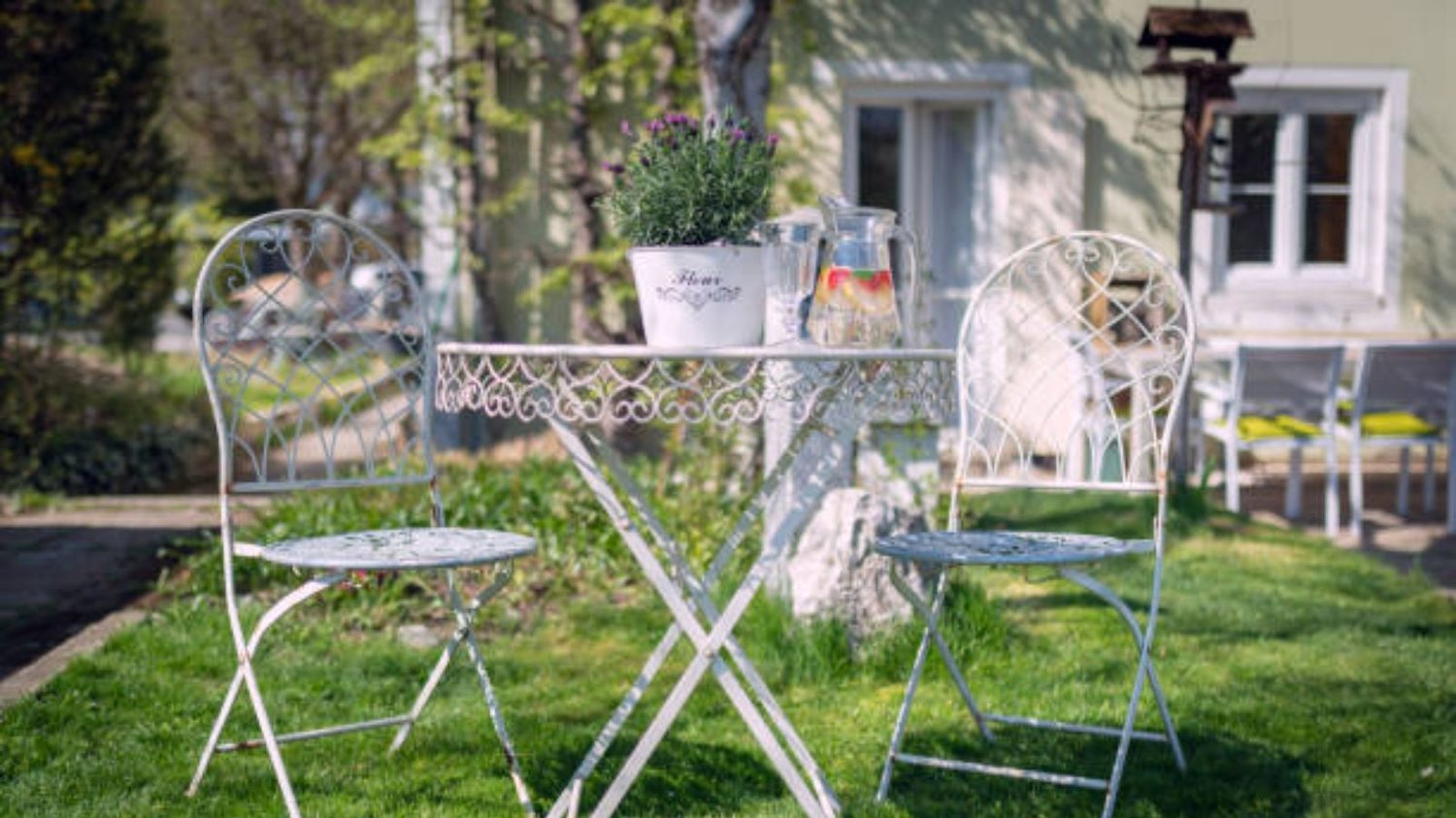How to Use a Ceramic Planter Without Drainage Holes
Having houseplants is a great way to add some natural beauty and purify the air in your home. Many people prefer ceramic planters for their aesthetic appeal. However, some ceramic planters don't come with drainage holes, which can be problematic for plants. In this article, we will discuss how to use a ceramic planter without drainage holes.
1. Choose the Right Type of Plant
If you want to use a ceramic planter without drainage holes, it's important to choose the right type of plant. Look for plants that don't need a lot of water and can tolerate growing in soil that may stay moist for longer periods of time. Some great options include snake plants, pothos, and ZZ plants.
2. Use a Layer of Gravel or Rocks
One way to create drainage in a planter without holes is to use a layer of gravel or rocks at the bottom of the pot. This will create a space for excess water to collect so that it doesn't suffocate the roots of your plants. Make sure the layer of gravel or rocks is at least an inch thick.
3. Add Activated Charcoal
Activated charcoal is a great addition to any planter without drainage holes. It helps to absorb excess moisture and also purifies the air by removing toxins. Add a layer of activated charcoal on top of the gravel layer to help keep your plants healthy.
4. Use a Good Potting Mix
When using a planter without drainage holes, it's important to use a good quality potting mix. Look for a mix that is designed for indoor plants and contains a blend of peat moss, perlite, and vermiculite. Avoid using heavy soils that contain a lot of clay, as they can become compacted and reduce airflow to the roots.
5. Be Careful When Watering
When using a planter without drainage holes, it's important to be careful when watering your plants. Only water enough to moisten the soil, and then let it dry out slightly before watering again. A moisture meter can be helpful in determining when it's time to water your plants.
6. Don't Overwater
Overwatering is one of the biggest challenges when using a planter without drainage holes. It's important not to water your plants too frequently and to make sure the soil is not staying too moist. If the soil feels wet for a prolonged period of time, it may be a sign that you are overwatering.
7. Consider Using a Tray
A tray can be a helpful addition when using a planter without drainage holes. Place the planter on a tray to collect any excess water that runs out of the bottom. Be sure to empty the tray regularly to prevent standing water, which can attract insects and cause root rot.
8. Monitor Your Plants
When using a planter without drainage holes, it's important to monitor your plants regularly for signs of over- or under-watering. Check the soil moisture level regularly and look for signs of yellowing leaves, which can indicate that your plants are getting too much water.
9. Use Pots with Drainage Holes Whenever Possible
If possible, it's always best to use pots with drainage holes for your plants. Good drainage is essential for healthy plant growth and helps prevent root rot. If you fall in love with a ceramic planter that doesn't have drainage holes, consider drilling them yourself or finding a plant that doesn't require as much watering.
10. Conclusion
Using a ceramic planter without drainage holes can be challenging, but with the tips outlined in this article, you can ensure that your plants thrive. Remember to choose the right type of plant, use a layer of gravel or rocks, add activated charcoal, use a good quality potting mix, be careful when watering, and monitor your plants regularly. With a little extra care, you can enjoy the beauty of ceramic planters without sacrificing the health of your plants.

